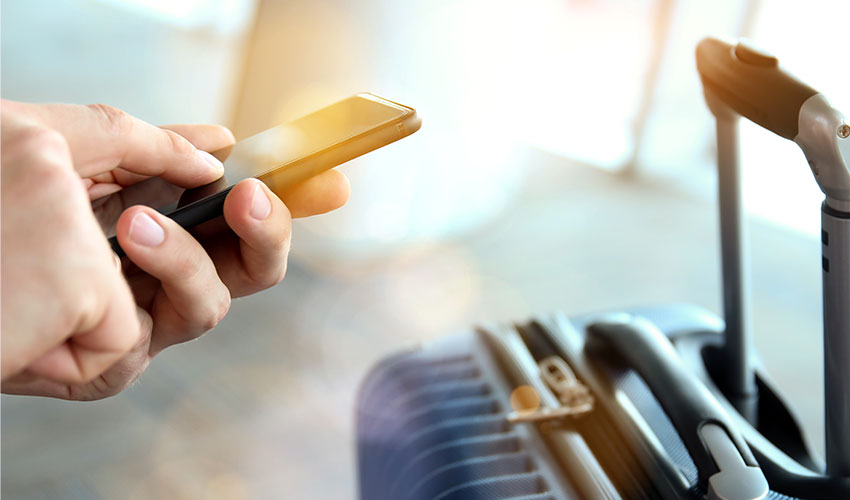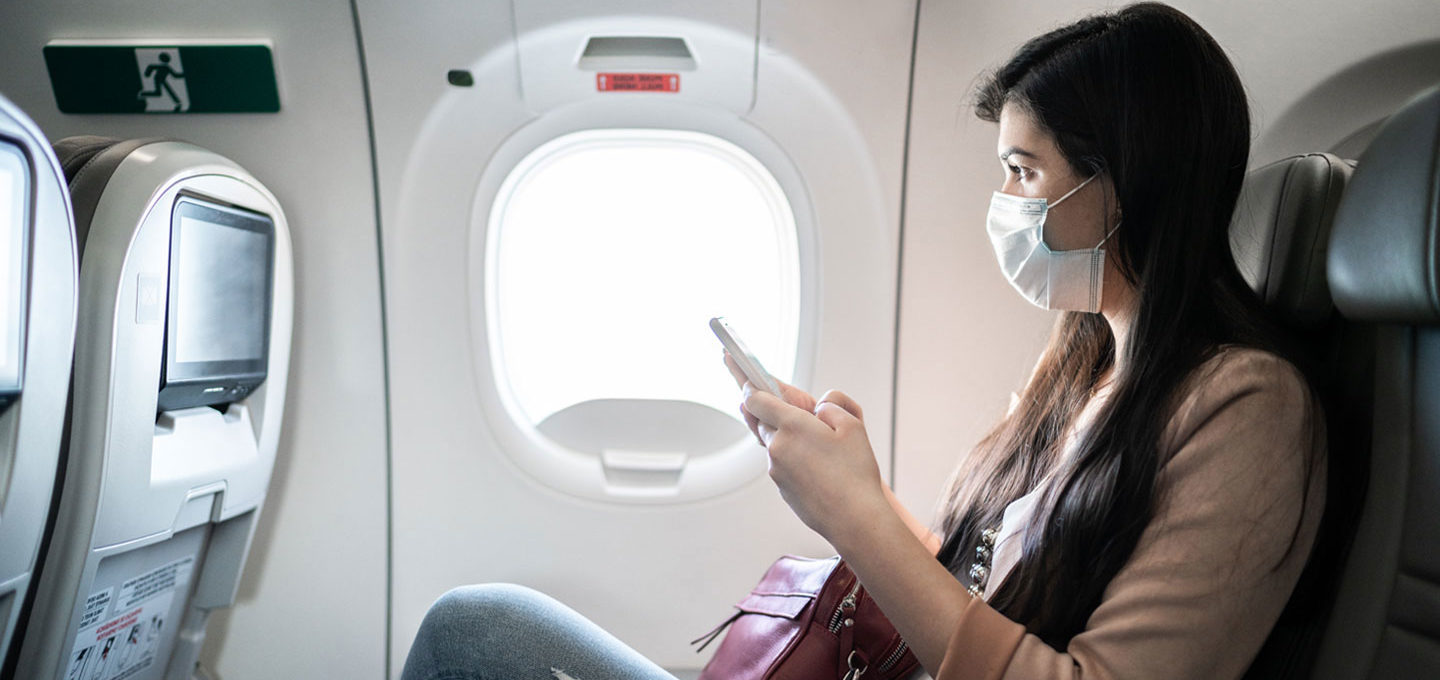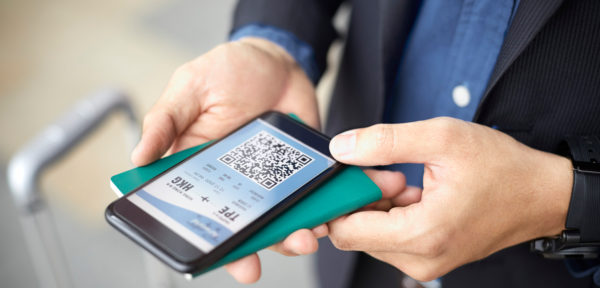The Coronavirus has created significant turbulence in the aviation industry. Public concern about contracting the virus is affecting consumers’ travel behaviors. According to the International Air Transport Association (IATA), industrywide revenue passenger-kilometers fell by 79.8% year-on-year in July. Compared to the 86.6% decrease in June, it seems that air travel continues its gradual recovery. However, IATA does not expect global demand to rebound to its 2019 levels for at least three years. What does this mean for the sector? Looking for solutions aimed at restoring passenger confidence must be a top priority.
Experts agree that the risk of spreading the virus during a flight is very low. Findings point out that the probability of contagion aboard an aircraft configured with three seats on either side of the aisle is 1 in 4,300. The risk of transmission is even lower if the middle seat remains vacant. Measures like enhanced cleaning and the use of personal protective equipment (PPE) seem to be high contributing factors to these results. Why are passenger numbers still low despite this positive view? The challenge is not only to make traveling safer, but to find the most effective way to communicate it.
Taking steady steps for restoring passenger confidence
1. Designing a contactless journey
Over the last few years, one of the biggest buzzwords in air travel has been artificial intelligence (AI). AI-based technologies have been used in a wide array of applications, from check-in to boarding. The search for increased cost-efficiency and productivity motivated operators to implement these technologies. Today, the industry is eager to draw upon the virtues of automation to reach their health and safety goals.
Health authorities agree that COVID-19 spread is more likely when people are in close contact with one another. Advanced solutions like e-boarding and facial recognition have the potential to reduce these interactions. Mobile phones too will be playing a crucial role in restoring passenger confidence. In the foreseeable future, we will be able to rely on the diversification of check-in kiosks that can be controlled through these devices. Contactless technologies at every step will enable a seamless passenger flow.
In the arena of ground operations, machine learning solutions provide huge support. AI-based software can help to optimize operations while ensuring compliance with protective protocols. Smart planning can facilitate, for instance, keeping social distancing during the process of disembarking. Operators can calculate the requirement of passenger busses according to demand forecasts. The allocation of these resources can then be adjusted in real-time ensuring that travelers are spread evenly across the shuttles.
2. Defining multiple hygiene layers
How to reassure passengers, while making their journey smoothly? This question is part of a puzzle managers are pondering when thinking about restoring passenger confidence. Since the pandemic outbreak, a wide range of measures have been implemented and standardized across airports and airline services. Besides the mandatory temperature checks, face masks and social distancing, consumers expect enhanced hygiene concepts.
A coordinated approach among aviation stakeholders is key to developing comprehensive disinfection plans. Hand sanitization, for example, should be promoted from the very arrival at the airport to the flight itself. More terminals around the world are using anti-bacterial gel dispensers in high-traffic areas. Signs are also a good strategy to encourage travelers to carry disinfecting wipes in their carry-ons or checked luggage. Some carriers are distributing hand sanitizers to customers as supply conditions allow.
In terms of cleanliness programs, decision makers must assess which areas or surfaces require more extensive sterilization. This step is crucial to plan cleaning activities effectively in the face of reduced infrastructure utilization and staff availability. The current situation is boosting innovative ready-to-go solutions. Aircraft cabins, airport busses and gates are being sanitized through a process called fogging. Germ-killing devices come into action before the cleaning crew starts disinfecting frequently touched surfaces.

3. The power of timely messaging
Health authorities constantly issue updates regarding COVID-19 risk mitigation. It is conceivable that the public may not be fully aware of them. Therefore, the International Civil Aviation Organization has called for developing clear and efficient communication policies. This is a responsibility not only of the aviation community, but also of governments. Information must be delivered across the whole passenger journey following the principles of accuracy and immediacy. Personalization is a strong trust booster in giving travelers exactly what they seek.
Travel restrictions to a certain region could be renewed if infection rates start to rise. Therefore, the industry must be ready to quickly react to changes. Passengers will want to know to what extent the new rules affect their flight. Digitalization is a great partner to proactively get in touch with customers. Mobile platforms can help provide real-time information and facilitate the contact with the service center. From a branding perspective, keeping channels open is also advantageous. It conveys to customers that aviation cares about their health in these uncertain times. This is a foundation for restoring passenger confidence.
4. Customer feedback is key
Today more than ever, aviation should take advantage of the valuable insights that customer feedback provides. Operators need to know how the air travel experience is being perceived. Conversely, without this feedback, it would be hard for airlines to develop effective strategies for restoring and sustaining passenger confidence.
In general, standard procedures on how to handle feedback can be further applied. When an incident is reported, it should be investigated promptly. Actions to remediate the problem must be implemented and then communicated to the affected passenger. Establishing continuous monitoring is recommended to prevent the situation’s reoccurrence.
Making a coordinated effort to get the world flying again
The Coronavirus has hit our economies and societies hard. As scientists still work around the clock to find a vaccine, we must find a way to navigate the new reality. For the aviation sector, which is experiencing especially high turmoil, the stakes are high. Travelers are facing a crisis of confidence. Statistics show that bookings are far from 2019 levels. A gradual demand rise was shown during the summer season. Though, it seems that ticket sales have stalled in recent weeks. This trend demonstrates the urgency in developing a path for restoring passenger confidence.
Returning people to air travel is a concern for the whole aviation community. Due to a shift in customers’ pain points, the usual hygiene measures alone are not enough. For this reason, health organizations have developed new safety rules to support the restart of operations. To ensure their optimal implementation, airports, airlines, and ground service providers must act in a coordinated way.
Information can be a strong trust booster. Advanced technologies can help improve communication flaws. In order to anticipate customers’ needs and better tailor services, communication should be two-way. Customer feedback can help align Coronavirus safety standards with more efficient processes. Based on this input, decision makers can identify bottlenecks and then develop strategies to overcome them.
While there is still much uncertainty ahead, there are some lessons we can learn from the pandemic. It has shown aviation how important is to remain agile. Traveler needs and expectations can shift overnight. Stakeholders need to understand these changing perceptions to effectively address them. As the perception of air travel changes, typical passenger pain points must be approached differently. The industry´s ability to adapt to the new COVID reality will be paramount for enticing more people to fly.





0 comments on “Restoring Passenger Confidence in the Post-COVID-19 Era”